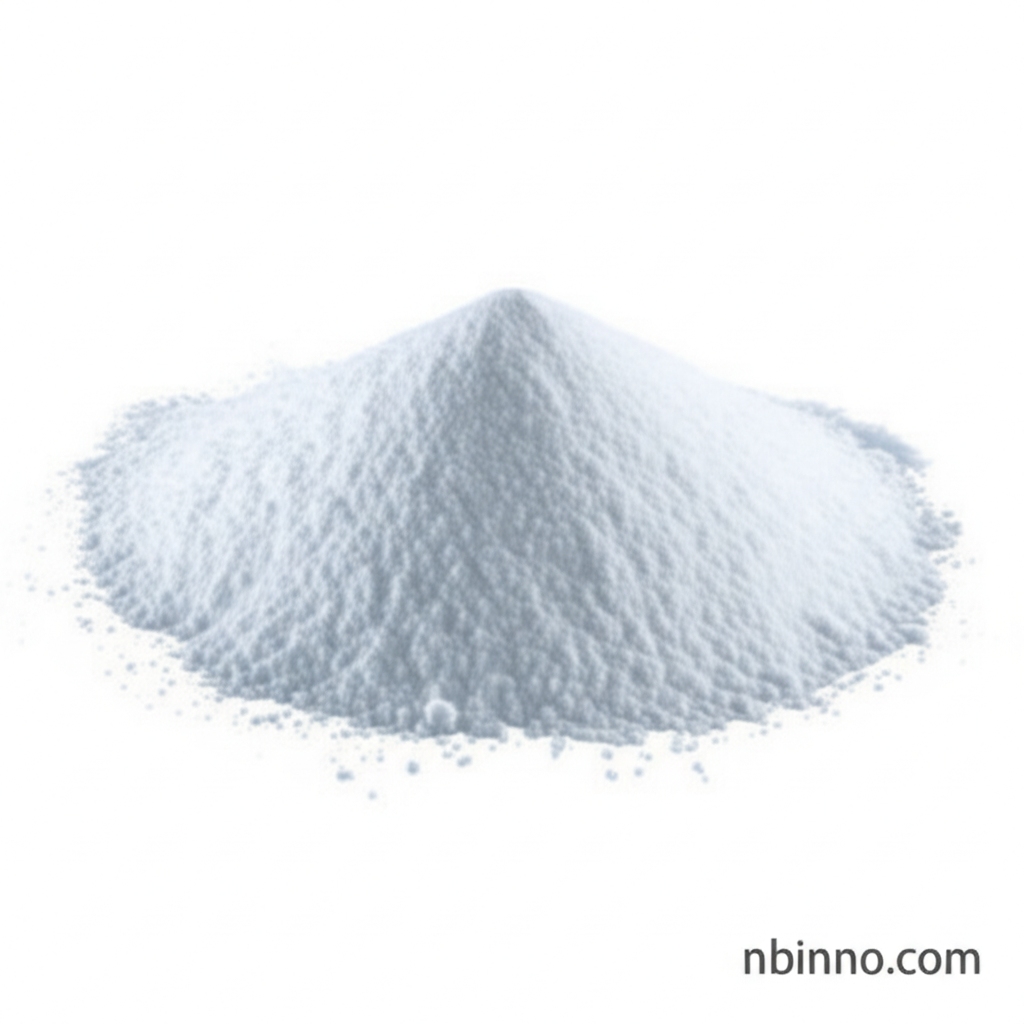Hexafluoroisobutylene (HFIB): Properties, Applications, and Benefits as a Fluorochemical Monomer
Discover the remarkable properties and diverse applications of Hexafluoroisobutylene (HFIB), a key fluorochemical monomer driving innovation in advanced materials and industrial processes. Explore its role as a reliable supplier in China for cutting-edge solutions.
Get a Quote & SampleProduct Core Value

Hexafluoroisobutylene
Hexafluoroisobutylene (HFIB) is a vital fluorochemical with unique properties that make it indispensable in various high-tech applications. As a leading manufacturer in China, we provide high-purity HFIB, enabling advancements in numerous industries. Its exceptional characteristics contribute to enhanced material performance and innovative product development.
- Explore the extensive uses of Hexafluoroisobutylene (HFIB) as a monomer in fluoropolymers and other specialty fluorochemicals, driving material innovation.
- Discover how HFIB contributes to the development of advanced piezoelectric materials, enhancing device functionality and performance.
- Learn about the significant role of HFIB in creating high-performance lubricating oils and specialty elastomers, offering superior durability and chemical resistance.
- Investigate the application of HFIB in semiconductor lithography, a critical component for next-generation high-density integrated circuits.
Advantages Brought by the Product
Enhanced Material Performance
HFIB copolymerization with monomers like vinylidene fluoride (VDF) yields polymers with superior thermal, chemical, and mechanical properties compared to standard PVDF, making it ideal for demanding environments.
Innovative Lubrication Solutions
Utilizing HFIB as a thickener for high-performance fluorinated lubricating oils results in lubricants with extended life, reduced pollution, and excellent performance in high-speed applications, crucial for components like computer hard disks and automotive engines.
Advanced Elastomer Properties
The unique branched structure of HFIB compared to HFP allows for the synthesis of fluoroelastomers with lower surface tension, leading to products with high elasticity, excellent chemical resistance, and suitability for sealing in demanding machinery.
Key Applications
Fluoropolymer Synthesis
As a key monomer, HFIB is used to create fluoropolymers with enhanced thermal stability and chemical resistance, vital for advanced material applications and exploring specialty fluorides.
High-Performance Lubricants
HFIB acts as a thickener for fluorinated lubricating oils, providing exceptional longevity and performance in sensitive electronic and automotive applications, contributing to reliable operation.
Specialty Elastomers
The incorporation of HFIB into fluoroelastomers enhances their elasticity and chemical resistance, making them ideal for sealing applications in harsh industrial environments.
Semiconductor Manufacturing
HFIB serves as a crucial material in semiconductor lithography, enabling the production of high-density integrated circuits by providing good light transmission at low wavelengths.
